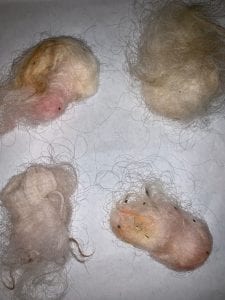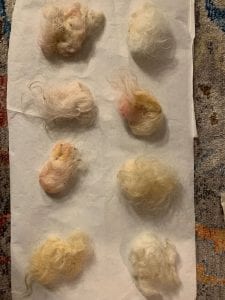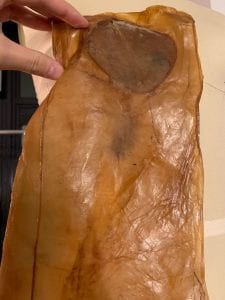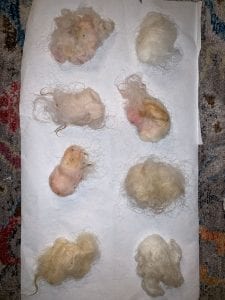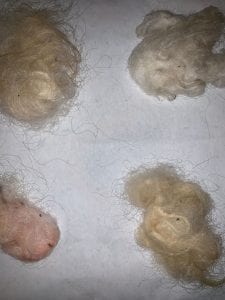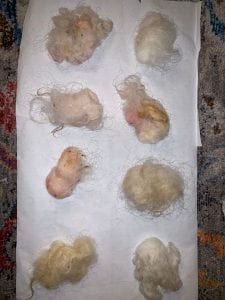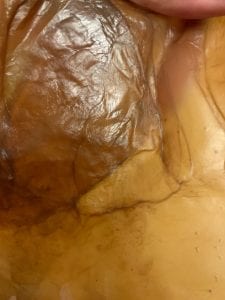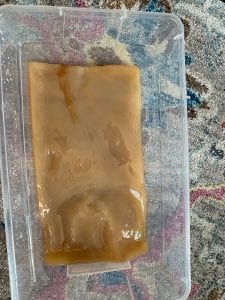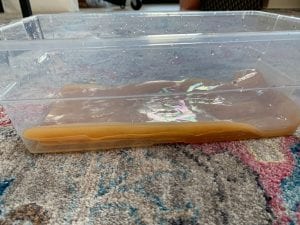Homework for Week 8, Due March 14th, Systems Maps presentation, Art + Science labs
I hope you enjoy our trip to the UN tonight, next week we will have systems map presentations (printed for critique), kombucha leather and natural dye presentations.
We will also have mid-term meetings during class. During mid-term meetings everyone will work on an in-class assignment that requires laptops and headphones. Please be sure to bring both so you can complete this work in class and have no homework to do over spring break 🙂
For next week, please complete the following on your LP and label this post “System Maps Part 2 and Art + Science Labs”
1) Reflect on our trip to the UN. What did you think of your visit? Which speaker did you find the most inspiring and/or interesting and why? What surprised you the most about the experience? What did it feel like to be inside the UN to hear these conversations?
The trip to the UN turns out to be an interesting and rewarding experience. Among the three speakers who delivered speeches related to the product design, the most inspiring one is about illustration and fashion. On the one hand, the speech themed on illustration offers me a better understanding about visual presentation and design principles, such as proximity, visual hierarchy, repetition, and so on. On the other hand, the speech centered on fashion also inspires me to investigate into various design concepts, principles and also changes in the new era. In more detailed words, fashion design need to take into account the environmental concern, make full use of new materials, and avoid negative impact upon the ecosystem.
The most surprising thing that I found during the experience is how environmental concern can play a part in the designing process. While the human activities tend to exert huge impact upon the Earth and other living creatures, the Great Acceleration will continue or even go worse still. Therefore, it is necessary to embrace the Long Life Design in personal career as a designer. When it comes to the Long Life Design, it sets forth multiple criteria for designers, such as repair, cost, sales, manufacturing, function, safety, planned production, user, environment, and design. Therefore, this trip simply convinces me of the Long Life Design. In addition, the questions raised by participants and summary made by the organizer also offers a prime opportunity to ponder over the trip.
As I listen to such conversation inside the UN, I feel increasingly worried about the worsening environment and the huge responsibilities of designers to make a change. For instance, the Sixth Extinction and Great Acceleration motivate all human beings to undertake responsibilities in environmental protection. Given such a focus, designers need to make full use of their knowledge, skills and abilities to play a more active role. For example, the system thinking and mapping can help designers to gain a comprehensive understanding about designs, incorporate various concepts and requirements, and eventually build long-lasting and meaningful things.
2 Post a digital file or documentation of your completed Systems Map/Model on your LP. AND bring a printed copy to class for presentation and crit.
3) Reflect on your process for the three Art + Science labs (kombucha, watercolor and natural dye). Post an image of all three projects in their completed form (your samples from each project’s process). Did your projects turn out as expected? What was it like to grown your own material (leather)? What vegetables/plants did you use as dye? What surprised you the most in the process of these projects?
Which did you enjoy the most? Which was the most challenging? Will you continue to work with any of them in your future work? Bring your completed Natural Dye and Kombucha Leather projects to class for presentation next week. Please note for these presentations, these can simply be material samples (dyed samples and your sheet of “leather”). You do not need to turn these materials into other projects at this time.
The three art and science labs, including kombucha, watercolor and natural dye, helps me to accumulate knowledge, skills and abilities related to design. Among these three projects, most of them turned out to as expected.
The experience to grown my own material (leather) turns out to be challenging yet interesting. To be more specific, I need to produce products in within limited period of time, and reduce a waste of material or negative influence upon the natural environment. As I use vegetables and plants to dye, such as red berries, spinach, and red cabbage, I found that a whole lot of natural materials can be applied in design and facilitate environmental protection.
During the process of these projects, the most surprising thing is pros and cons of natural dyes. For example, even though using natural materials such as plants and vegetables can avoid usage of harmful chemicals, the whole process to make my own dyes turns out to be time consuming and calls for lots of skills. What is more, the plant and vegetable dyes are safe, suggesting that both producers and wearers can avoid harmful chemicals used as dyes. Last but not least, natural dyes are more sustainable and renewable. In this sense, designing with natural dyes is quite beneficial. However, designs with natural dyes are very likely to need a lot of material, resulting in increased cost. What is more, they can fade away very quickly, suggesting it may increase the cost. What is more, it can be quite hard to produce designs with natural dyes since the availability of raw materials may vary from season to season, place, and species, adding to challenges faced by designers. Overall, the natural dyes turn out to be that quality and environmental friendly designs are quite challenging.
However, this is also a process that I can enjoy. For example, I can select suitable natural dyes during this season and make my own designs. What is more, I need to try some methods to make the final design more long-lasting. As mentioned above, colors of natural dyes can fade away very fast and the quality fails to be as consistent as synthetic dyes. Given such a focus, the most challenging task is perhaps to make my work to last for longer period, so that I will not use more resources in the future to make up for the original color.
Considering the interesting and rewarding experience about kombucha, watercolor and natural dye, I prefer continuing with similar projects. Take natural dyes for example; I plan to continue to work with similar design process in the future. The most important reason is because such dyes come from natural sources and can minimize human beings’ impact upon the environment. In this sense, it becomes an appealing choice for both designers and customers.
